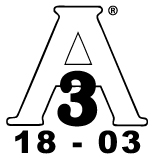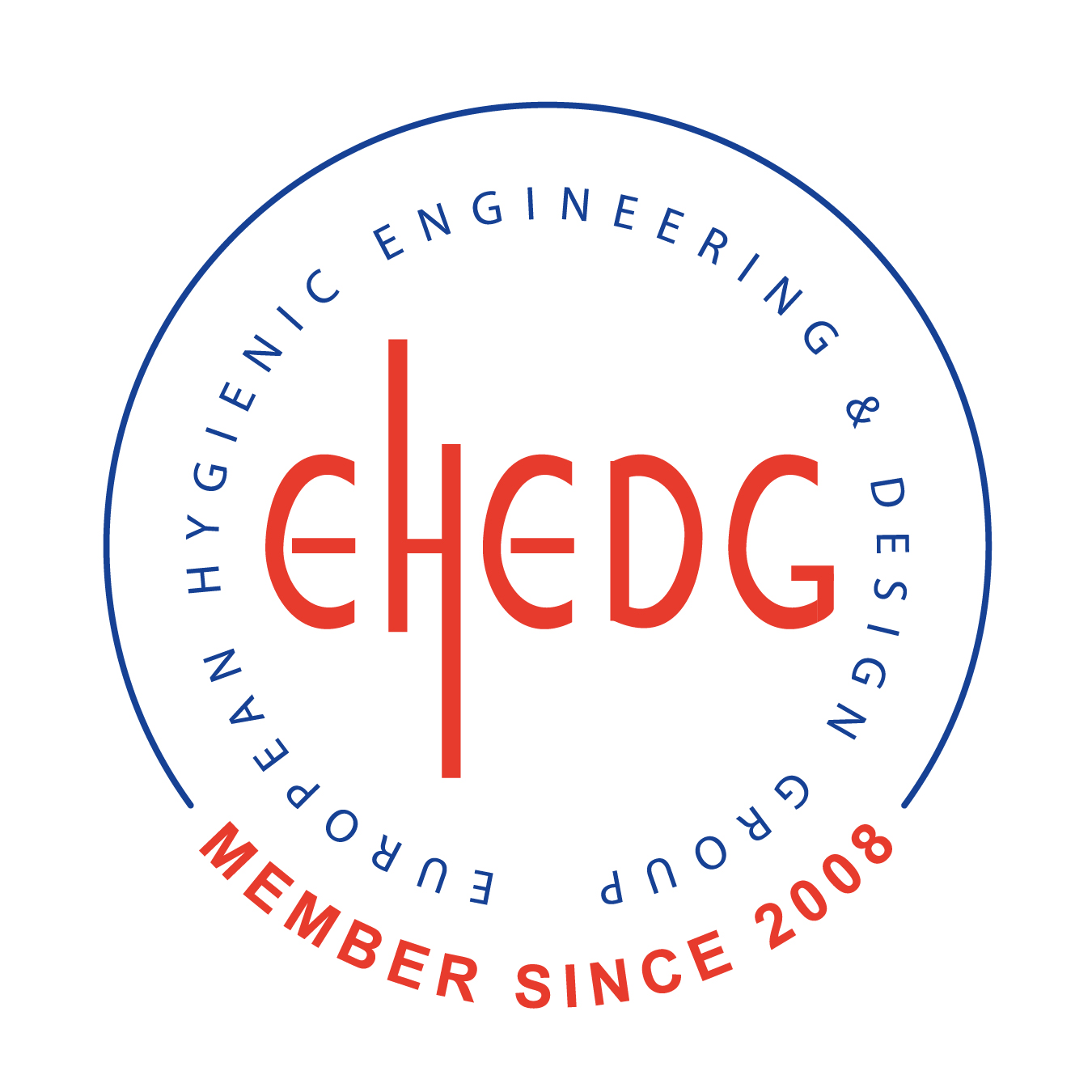European Hygienic Engineering and Design Group
Production of rubber components in relation to EHEDG
European Hygienic Engineering and Design Group is an organisation that works out guidelines concerning hygienic design of equipment for food contact. There is no actual legal requirement that an equipment must be EHEDG-approved, but to many customers this is an additional requirement to the equipment manufacturers. This makes good sense – especially in relation to the cleanability of the equipment.
An equipment consists of several single components – pipes, fittings, valves, pumps, etc. It is these separate parts that are tested. If as an example we take a valve, again this will consist of a number of single components, including gaskets. This is where AVK GUMMI comes into the picture. We make it easier for you to obtain an EHEDG approval by developing easy to clean compounds as well as to manufacture high quality rubber components.
Furthermore, our compounds must have all the relevant approvals, depending on the markets in which the product will be distributed. As a minimum, this will include Europe and with that EC1935:2004.
The most important guidelines:
Guideline 2 – A method for assessing the in-place cleanability of food processing equipment
This is a method describing how to measure the cleanliness of the equipment after the cleaning process. The degree of cleanliness is assessed in accordance with a standardised soiling and cleaning process.
Guideline 8 – Hygienic design principles
Essential elements here are product contact surfaces, classification of hygienic equipment and material requirements.
Guideline 48 – Elastomeric seals
This guideline addresses hygienic aspects of elastomeric seals and seal design in equipment used for food processing and packaging, discussing key attributes for seal effectiveness, and illustrating basic design principles. A practical guide to failure analysis and seal handling is included.
How can we procure the right rubber component that will help you obtain an approval of your equipment
There is a wide range of EHEDG guidelines. Depending on the type of equipment, you need to identify the guidelines that are most relevant for your product. Based on our experience, we can help you identify the guidelines that are relevant to the rubber component.
During the design phase of your equipment, we can give you advice concerning the design of the gasket, e.g. in relation to surfaces, edges, marking, etc. – all of which are critical aspects in relation to the cleanability and with that the approval of the equipment. Once we have determined the design, we will have a tool manufactured that will live up to the many requirements.
The next step is to identify the EHEDG test centre to carry out the tests. All the test centres use the same guidelines, but the test capacity, delivery time and price may vary.
Prior to the full EHEDG equipment test, the rubber component itself will be examined as the actual test is rather costly. After a satisfying microscopy verification, an acid test and an assessment of microbial potential, the full test is initiated. The purpose of the acid test is to ensure that the acid potential of the compound will not bias the test result.
If your equipment is to be used for many different purposes, it will often be necessary to use different gasket materials. If this is the case, the equipment must be approved with all the different rubber types.
After approval of your equipment, the approval must be maintained. The certificate must be renewed every year, and the equipment must be tested every five years.
AVK GUMMI is a member of EHEDG and 3-A Sanitary Standards
EHEDG is a consortium of equipment manufacturers and their sub-suppliers. Further members are consultants specialising in the food industry. The guidelines are worked out by experts from the companies that are a member of EHEDG, thus combining theory and practice.
AVK GUMMI A/S has been an EHEDG member since 2009. We have participated in working out guidelines, given presentations and carried out training of engineers. The same is the case for 3-A Sanitary Standards, the American equivalent of EHEDG.


